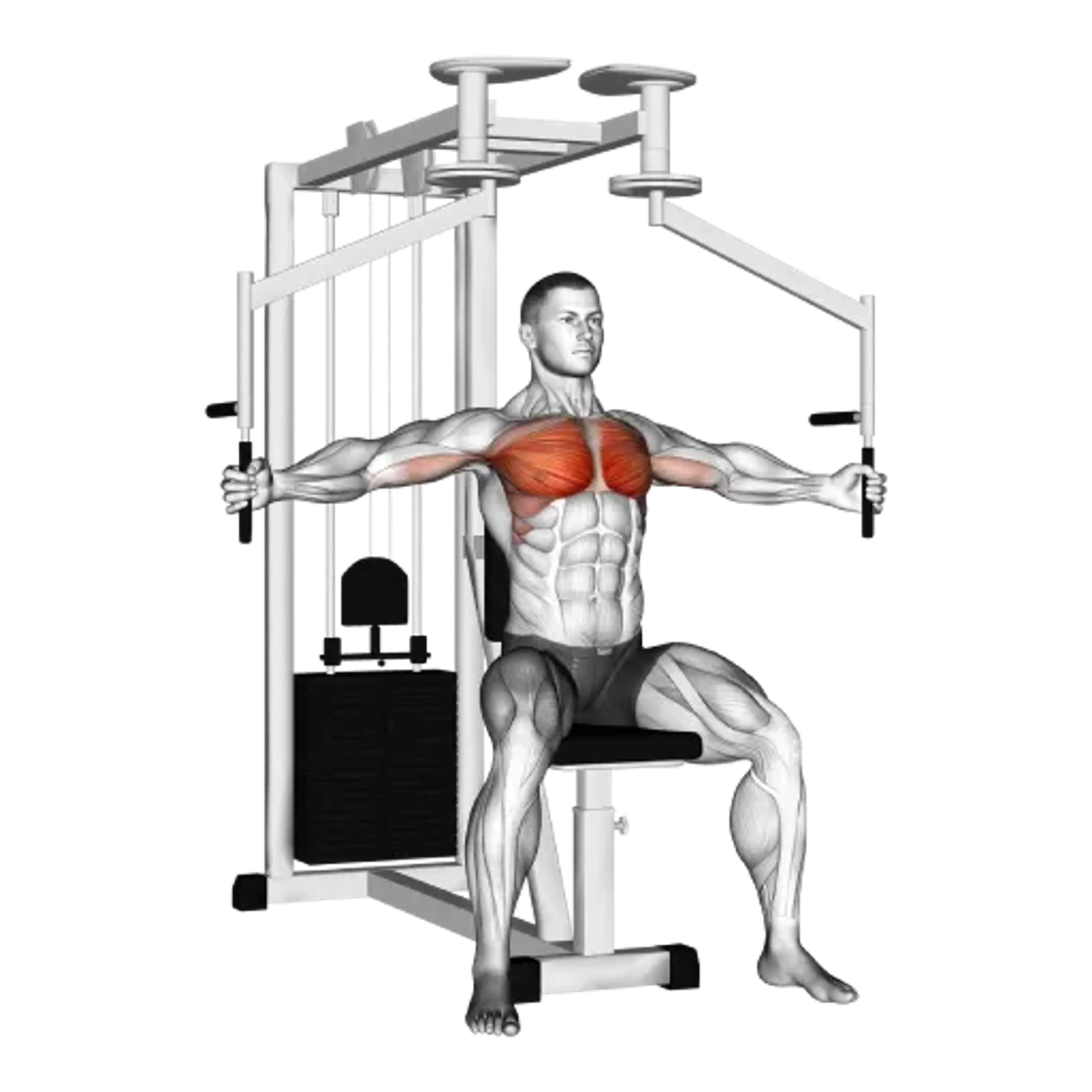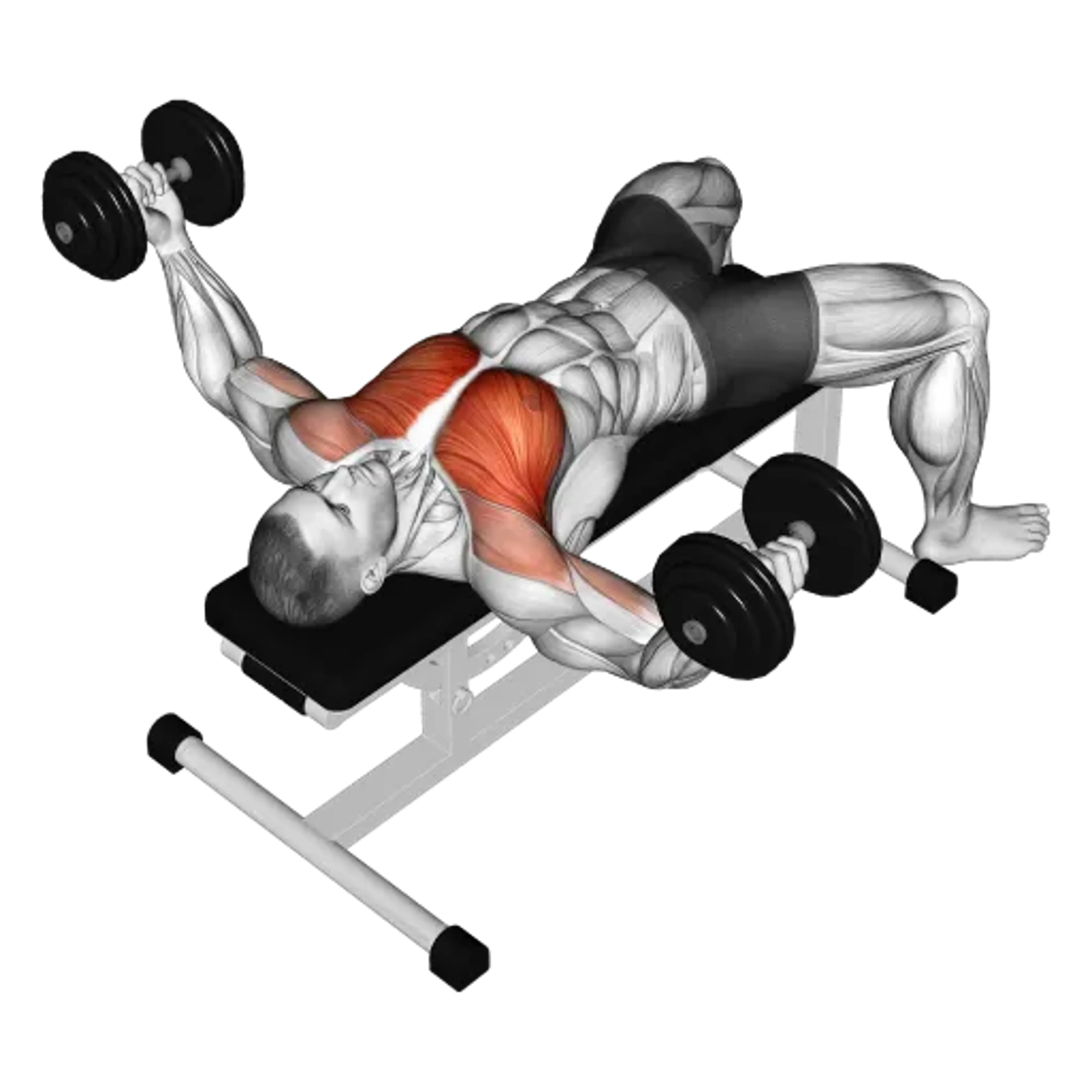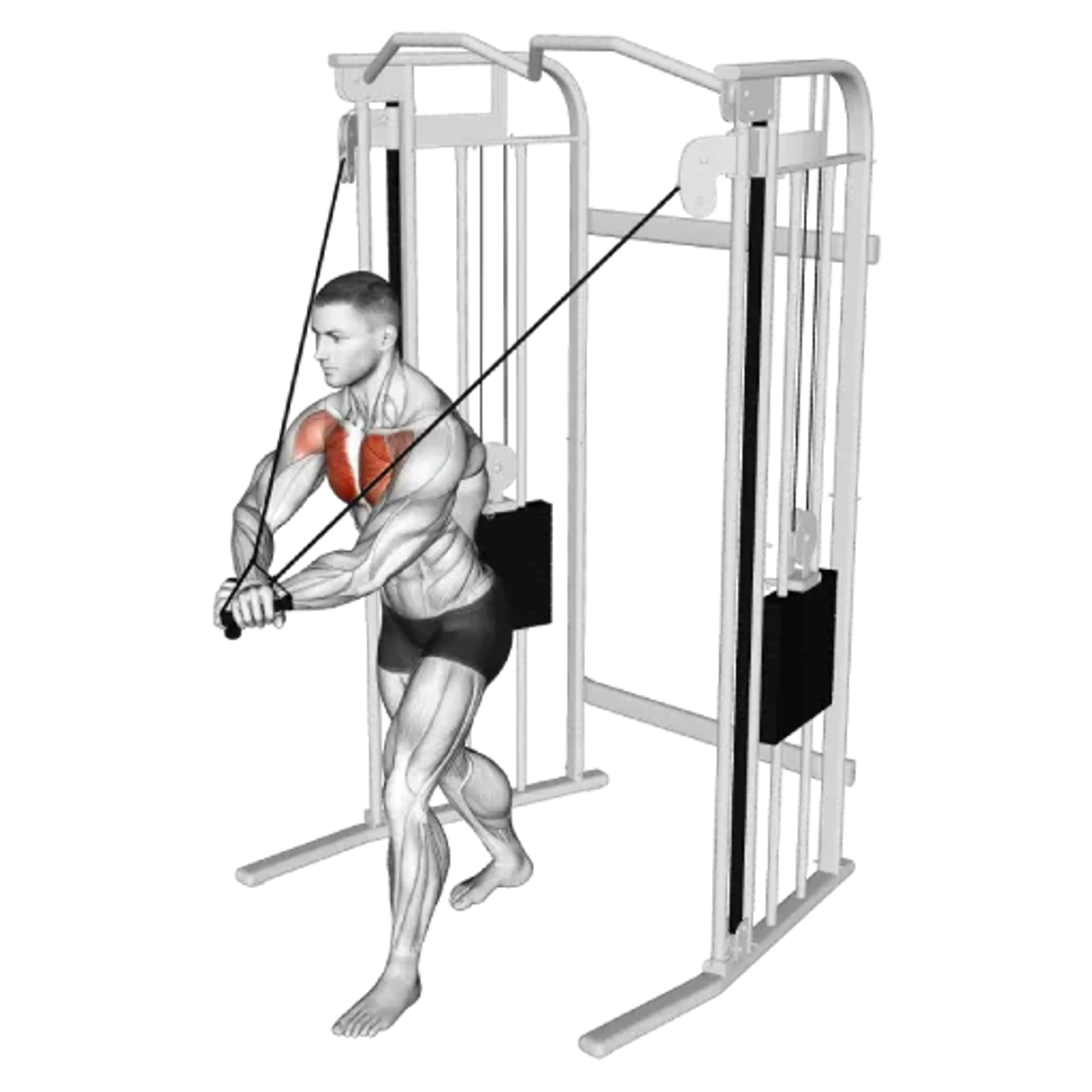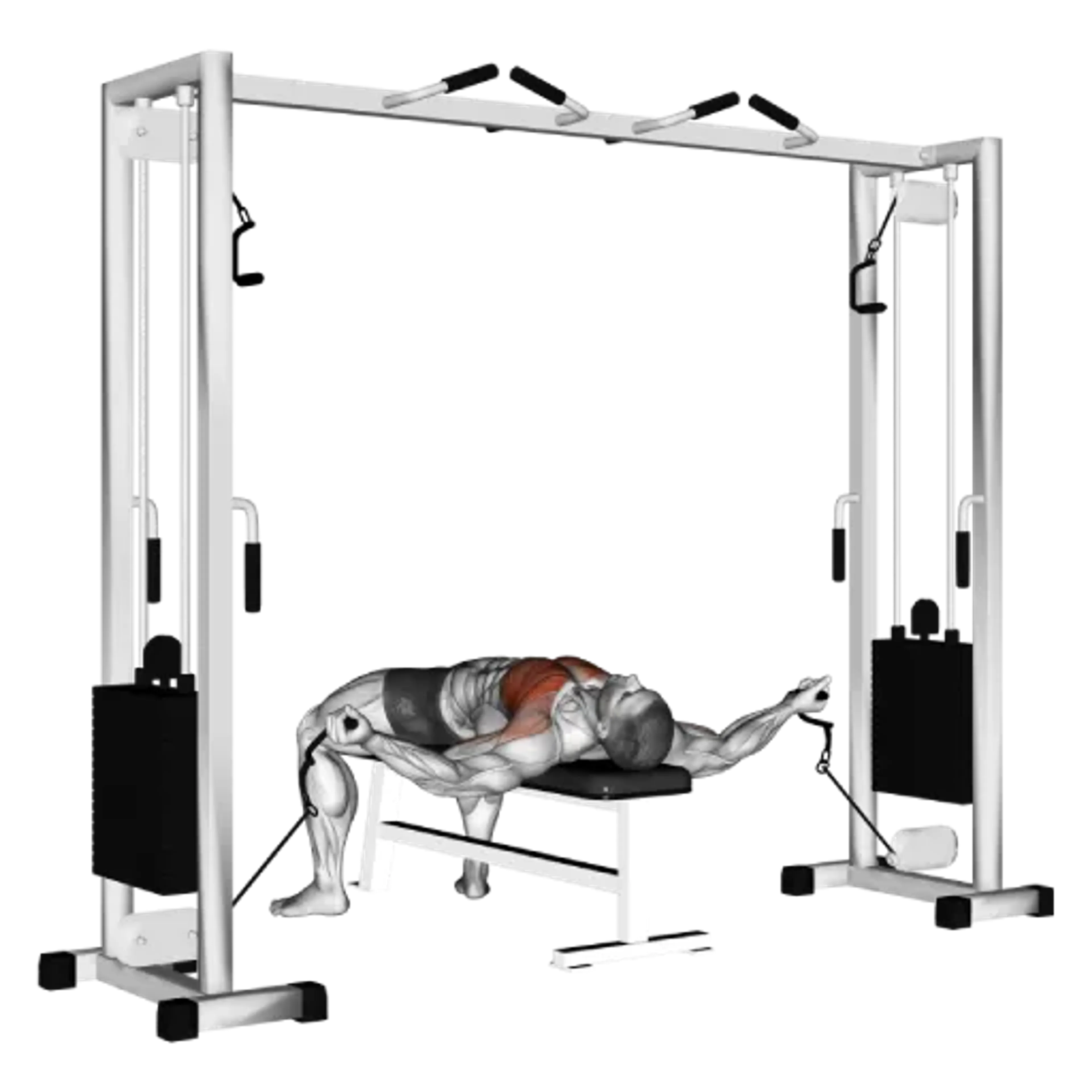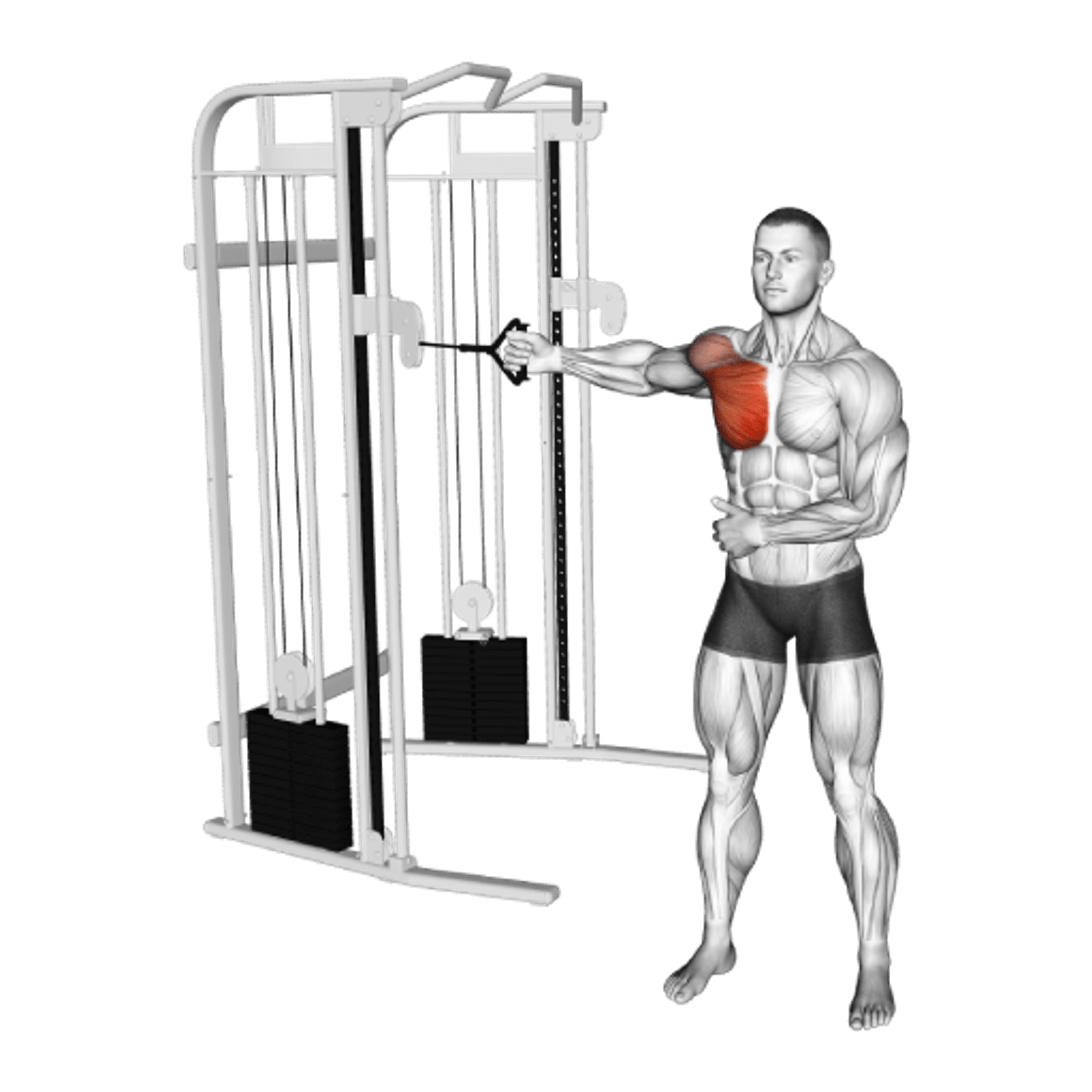Machine Pec Deck Fly
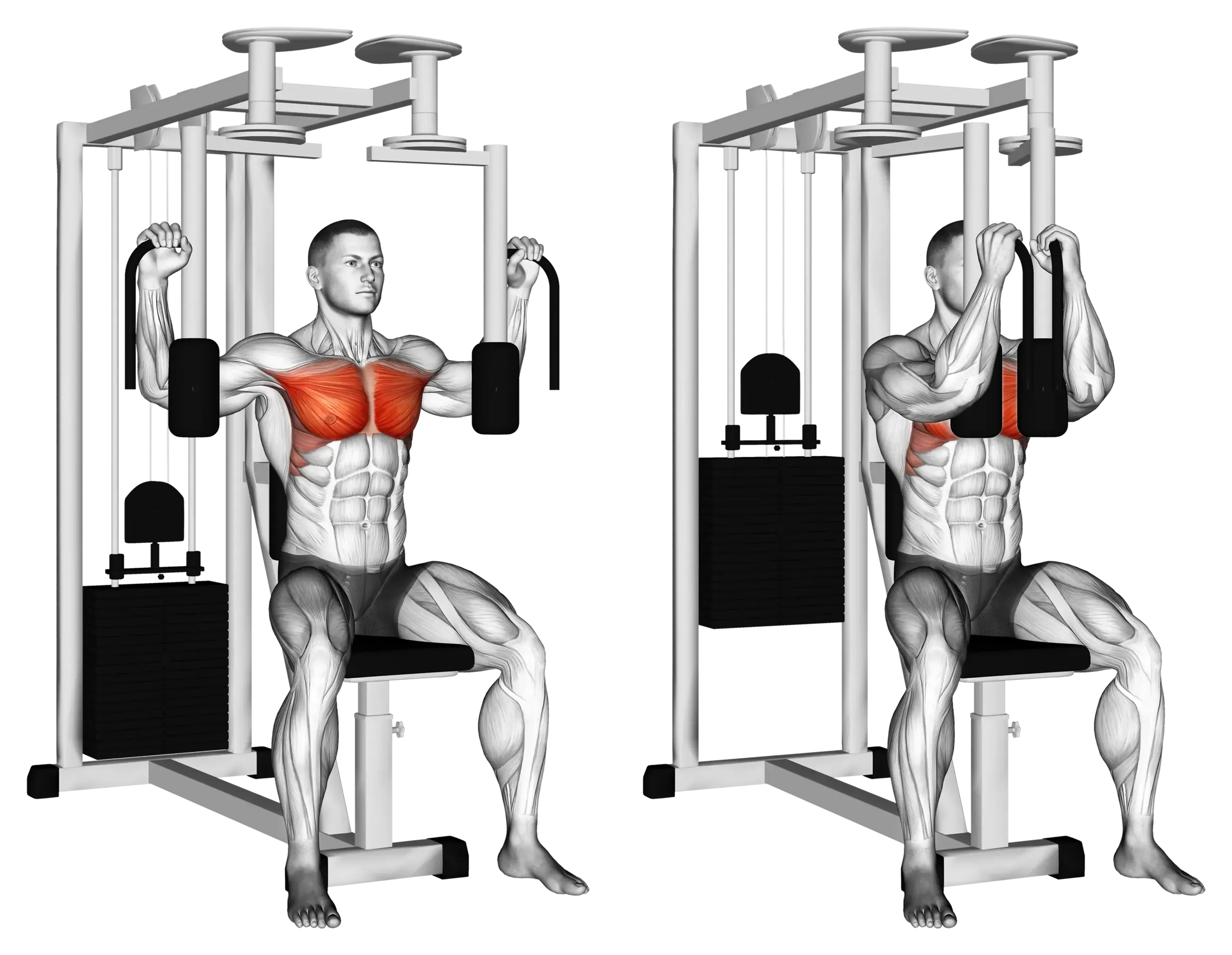
Overview
- Primary Focus:
- Chest.
- Equipment:
- Machine.
- Difficulty:
- Beginner.
General Information
Machine Pec Deck Fly is an isolation exercise that primarily targets the pectoralis major - especially the sternal (lower) and clavicular (upper) heads of the chest. It is a beginner-level exercise that is widely used for building chest definition and improving mind-muscle connection.
One of the main advantages of the pec deck machine is its fixed path of motion, which makes it easier to control compared to free weights. This allows beginners to focus more on proper form without worrying about stabilizing the movement. It’s also commonly used toward the end of a chest workout to isolate and fully fatigue the pectoral muscles.
The seated position and back support reduce the involvement of the lower back and core, minimizing the risk of compensatory movements. This makes the pec deck fly ideal for those recovering from injuries or looking for a safer chest isolation exercise compared to dumbbell flyes.
Muscles Worked
- Pectoralis Major
- Primary
- Deltoid
- Medium
- Serratus Anterior
- Low
Instructions
- Adjust the seat height so that your upper arms are parallel to the floor and elbows align with the pivot point of the machine.
- Sit down and place your elbows and forearms flat against the pads, keeping a 90° bend in the elbows. Your hands should be relaxed.
- Press your back flat against the seat and plant your feet firmly on the ground.
- Begin with your arms open wide in a comfortable stretch - don't allow your elbows to go behind your torso.
- Exhale and drive your elbows forward, bringing the pads together in front of your chest in a controlled arc.
- Squeeze your chest at the end of the motion without letting the pads touch or bounce.
- Inhale as you slowly return to the starting position, controlling the movement throughout.
- Repeat for the desired number of repetitions.
Common Mistakes
Injuries
Machine Pec Deck Fly is a low to medium risk exercise when performed with correct form and moderate weight. The guided motion of the machine reduces injury potential compared to free-weight fly variations.
The most common injury risk comes from overstretching the shoulders at the bottom of the movement. Allowing the elbows or arms to extend too far backward can strain the anterior shoulder capsule and lead to discomfort or injury. Always maintain a slight bend in the elbows and keep the range of motion comfortable.
To further minimize risk, avoid using heavy weight that forces you to swing or jerk the arms. Focus on slow, controlled reps and mind-muscle connection to get the most out of the exercise safely.
Alternative Exercises

Frequently Asked Questions
- Q: Is this version better than the handle-based Machine Fly?
It offers better chest isolation by minimizing arm involvement, especially good for beginners or rehab.
- Q: Can I keep my hands off the machine entirely?
Yes, as long as your elbows are firmly pressing the pads, hand placement is not critical in this variation.
- Q: How do I avoid shoulder strain during this movement?
Keep your elbows in line with your shoulders and avoid letting them go too far back at the start of the movement.
Overview
- Primary Focus:
- Chest.
- Equipment:
- Machine.
- Difficulty:
- Beginner.
